 W
WCall for the Dead is John le Carré's first novel, published in 1961. It introduces George Smiley, the most famous of le Carré's recurring characters, in a story about East German spies inside Great Britain. It also introduces a fictional version of British Intelligence, called "the Circus" because of its location in Cambridge Circus, that is apparently based on MI6 and that recurs throughout le Carré's spy novels. Call for the Dead was filmed as The Deadly Affair, released in 1966.
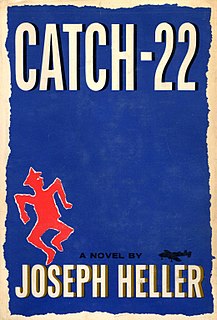 W
WCatch-22 is a satirical war novel by American author Joseph Heller. He began writing it in 1953; the novel was first published in 1961. Often cited as one of the most significant novels of the twentieth century, it uses a distinctive non-chronological third-person omniscient narration, describing events from the points of view of different characters. The separate storylines are out of sequence so the timeline develops along with the plot.
 W
WThe Enclosure (1961) is a novel by Susan Hill. Hill wrote the novel when she was 15 years old.
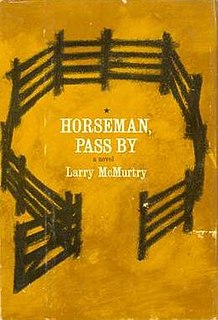 W
WHorseman, Pass By is a Western novel by American writer Larry McMurtry. His first novel, it was published when he was 25. This 1961 Western portrays life on a cattle ranch from the perspective of young narrator Lonnie Bannon. Set in post-World War II Texas (1954), the Bannon ranch is owned by Lonnie's grandfather, Homer Bannon. Homer's ruthless stepson, Hud, stands as the primary antagonist of the novel. The novel inspired the film Hud, starring Paul Newman as the title character.
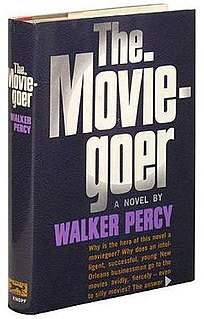 W
WThe Moviegoer is the debut novel by Walker Percy, first published in the United States by Alfred A. Knopf in 1961. It won the U.S. National Book Award. Time included the novel in its "Time 100 Best English-language Novels from 1923 to 2005". In 1998, the Modern Library ranked The Moviegoer sixtieth on its list of the hundred best English-language novels of the twentieth century. It is published in the UK by Methuen.
 W
WThe Phantom Tollbooth is a children's fantasy adventure novel written by Norton Juster with illustrations by Jules Feiffer, published in 1961 by Random House (USA). It tells the story of a bored young boy named Milo who unexpectedly receives a magic tollbooth one afternoon and, having nothing better to do, drives through it in his toy car, transporting him to the Kingdom of Wisdom, once prosperous but now troubled. There, he acquires two faithful companions and goes on a quest to restore to the kingdom its exiled princesses—named Rhyme and Reason—from the Castle in the Air. In the process, he learns valuable lessons, finding a love of learning. The text is full of puns and wordplay, such as when Milo unintentionally jumps to Conclusions, an island in Wisdom, thus exploring the literal meanings of idioms.
 W
WRevolutionary Road is American author Richard Yates's debut novel about 1950s suburban life in the East Coast. It was a finalist for the National Book Award in 1962, along with Catch-22 and The Moviegoer. When published by Atlantic-Little, Brown in 1961, it received critical acclaim, and The New York Times reviewed it as "beautifully crafted... a remarkable and deeply troubling book." In 2005, the novel was chosen by TIME as one of the 100 best English-language novels from 1923 to the present.
 W
WWake in Fright (1961) is the debut novel by Australian author Kenneth Cook.
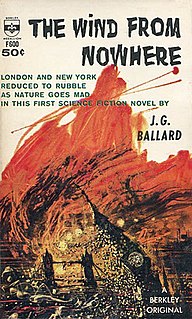 W
WThe Wind from Nowhere is a science fiction novel by English author J.G. Ballard. Published in 1961, it was his debut novel. He had previously published only short stories.
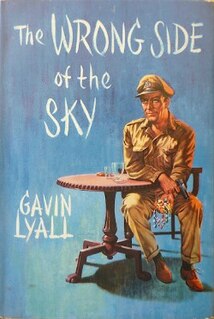 W
WThe Wrong Side of the Sky is the debut novel by English author Gavin Lyall, first published in 1961. It is written in the first person narrative.